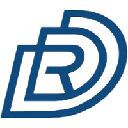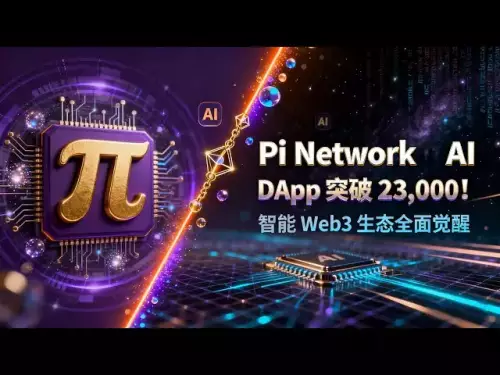-
 bitcoin
bitcoin $108842.957301 USD
-1.88% -
 ethereum
ethereum $3931.777121 USD
-1.66% -
 tether
tether $1.000186 USD
-0.03% -
 bnb
bnb $1153.250882 USD
-2.20% -
 xrp
xrp $2.367904 USD
-1.94% -
 solana
solana $186.182050 USD
-4.20% -
 usd-coin
usd-coin $0.999997 USD
0.00% -
 tron
tron $0.316949 USD
-1.00% -
 dogecoin
dogecoin $0.190780 USD
-3.12% -
 cardano
cardano $0.651324 USD
-2.67% -
 hyperliquid
hyperliquid $37.141055 USD
-0.85% -
 ethena-usde
ethena-usde $0.999224 USD
-0.09% -
 chainlink
chainlink $17.579031 USD
-2.47% -
 bitcoin-cash
bitcoin-cash $509.426284 USD
-2.79% -
 stellar
stellar $0.315298 USD
-2.93%
how to mine blockchain
To mine blockchain, one must select a cryptocurrency, acquire specialized hardware, join a mining pool, install mining software, configure the hardware, start mining, and monitor the process.
Oct 18, 2024 at 05:41 pm
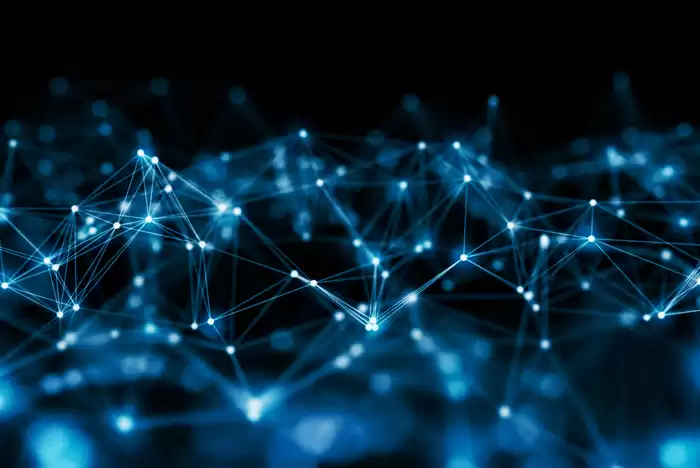
Blockchain mining is the process of adding new transactions to the blockchain, a distributed ledger that records transactions across many computers. Miners verify new transactions and add them to the blockchain, receiving a reward in the form of cryptocurrency for their work.
Steps on How to Mine Blockchain:1. Choose a Cryptocurrency:- Different cryptocurrencies have different mining algorithms. Choose a cryptocurrency that matches the hardware you have available.
- Specialized hardware is required for mining blockchain. You can either purchase ASICs (Application-Specific Integrated Circuits) or use graphics cards (GPUs).
- Joining a mining pool increases your chances of finding a block and earning a reward. Mining pools combine the computing power of multiple miners.
- Specialized mining software, such as CGMiner or BFGminer, is required to connect to a mining pool and broadcast blocks.
- Properly configure your mining hardware (ASICs or GPUs) by adjusting settings such as clock speeds, fan speeds, and power consumption.
- Connect your mining hardware to a mining pool and start the mining software. The hardware will begin processing transactions and searching for blocks.
- Use mining monitoring software to track your progress, monitor your hardware's performance, and adjust settings as needed.
- Miners earn a reward in cryptocurrency for successfully adding a block to the blockchain. The reward typically includes a fixed amount of cryptocurrency and transaction fees associated with the block.
- High Energy Consumption: Mining can consume a significant amount of electricity.
- Difficulty: The difficulty of mining increases as more miners join the network.
- Competition: Mining can be competitive, making it difficult to find a block without joining a mining pool.
- Profitability: Mining profitability depends on factors such as cryptocurrency value, energy costs, and hardware efficiency.
Disclaimer:info@kdj.com
The information provided is not trading advice. kdj.com does not assume any responsibility for any investments made based on the information provided in this article. Cryptocurrencies are highly volatile and it is highly recommended that you invest with caution after thorough research!
If you believe that the content used on this website infringes your copyright, please contact us immediately (info@kdj.com) and we will delete it promptly.
- HBAR Under Pressure: Geopolitical Tensions and a Weekly Decline
- 2025-10-18 06:25:13
- WIF Trades, Bollinger Bands, and Bitcoin's Wobble: A Crypto Roundup
- 2025-10-18 06:25:13
- PEPE, Bitcoin, and Meme Coins: Navigating the Wild Ride
- 2025-10-18 06:30:14
- BlockDAG, Litecoin, VeChain: Navigating Crypto's Past, Present, and Future
- 2025-10-18 06:45:13
- Gold Coins, Spanish Shipwrecks, and Divers' Discoveries: A Treasure Trove of History
- 2025-10-18 06:30:14
- Floki Price Wobbles: Bollinger Bands, Macro Headwinds, and Meme Coin Mania
- 2025-10-18 06:35:12
Related knowledge
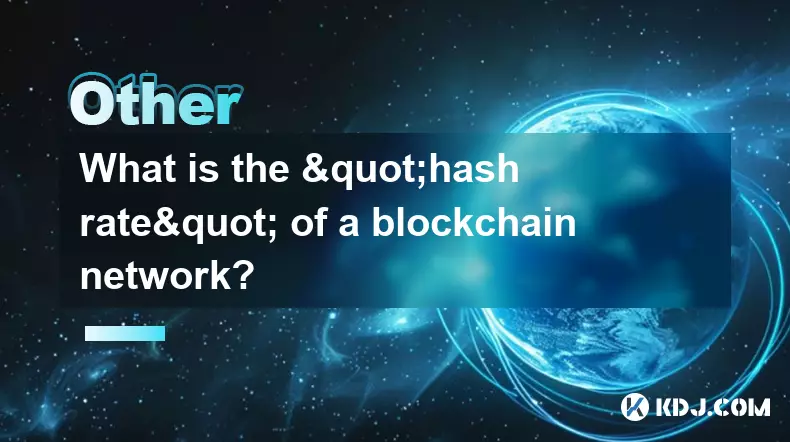
What is the "hash rate" of a blockchain network?
Oct 10,2025 at 03:55pm
Understanding Hash Rate in Blockchain Networks1. The hash rate refers to the total computational power being used to process transactions and mine new...
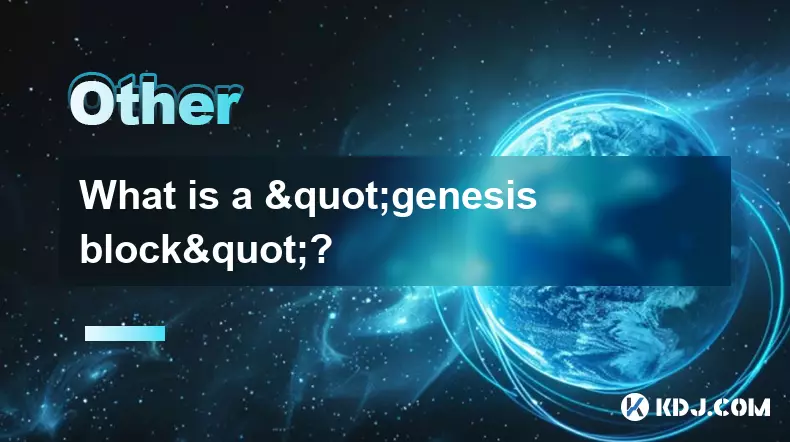
What is a "genesis block"?
Oct 15,2025 at 07:55pm
Understanding the Genesis Block in CryptocurrencyThe genesis block is the very first block in a blockchain network. It serves as the foundation upon w...
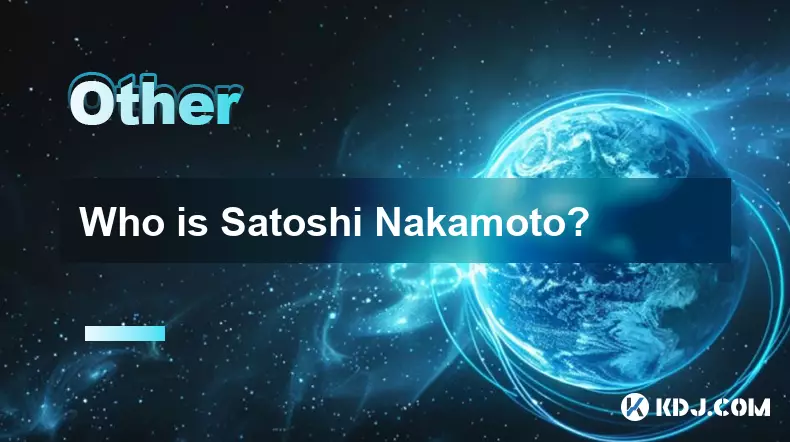
Who is Satoshi Nakamoto?
Oct 15,2025 at 01:01pm
Who is Satoshi Nakamoto?1. Satoshi Nakamoto is the pseudonymous individual or group credited with creating Bitcoin, the first decentralized cryptocurr...
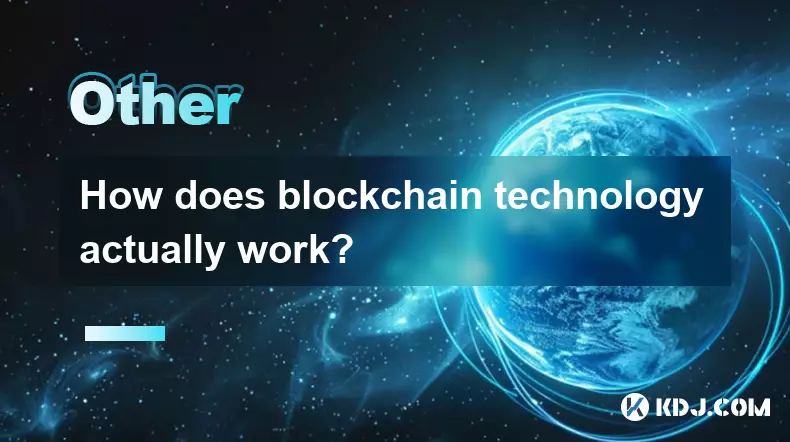
How does blockchain technology actually work?
Oct 11,2025 at 02:36pm
Understanding the Core Mechanism of Blockchain1. At its foundation, blockchain is a decentralized digital ledger that records transactions across mult...

What is a token economy?
Sep 20,2025 at 12:18am
Understanding the Foundations of a Token Economy1. A token economy in the context of cryptocurrency refers to a system where digital tokens are used a...
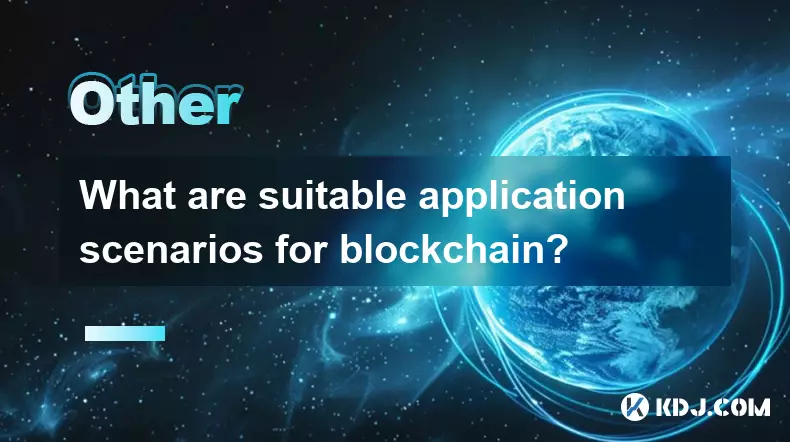
What are suitable application scenarios for blockchain?
Sep 20,2025 at 03:19am
Decentralized Finance (DeFi) Platforms1. Blockchain enables the creation of financial services without centralized intermediaries, allowing users to l...

What is the "hash rate" of a blockchain network?
Oct 10,2025 at 03:55pm
Understanding Hash Rate in Blockchain Networks1. The hash rate refers to the total computational power being used to process transactions and mine new...

What is a "genesis block"?
Oct 15,2025 at 07:55pm
Understanding the Genesis Block in CryptocurrencyThe genesis block is the very first block in a blockchain network. It serves as the foundation upon w...

Who is Satoshi Nakamoto?
Oct 15,2025 at 01:01pm
Who is Satoshi Nakamoto?1. Satoshi Nakamoto is the pseudonymous individual or group credited with creating Bitcoin, the first decentralized cryptocurr...

How does blockchain technology actually work?
Oct 11,2025 at 02:36pm
Understanding the Core Mechanism of Blockchain1. At its foundation, blockchain is a decentralized digital ledger that records transactions across mult...

What is a token economy?
Sep 20,2025 at 12:18am
Understanding the Foundations of a Token Economy1. A token economy in the context of cryptocurrency refers to a system where digital tokens are used a...

What are suitable application scenarios for blockchain?
Sep 20,2025 at 03:19am
Decentralized Finance (DeFi) Platforms1. Blockchain enables the creation of financial services without centralized intermediaries, allowing users to l...
See all articles
















